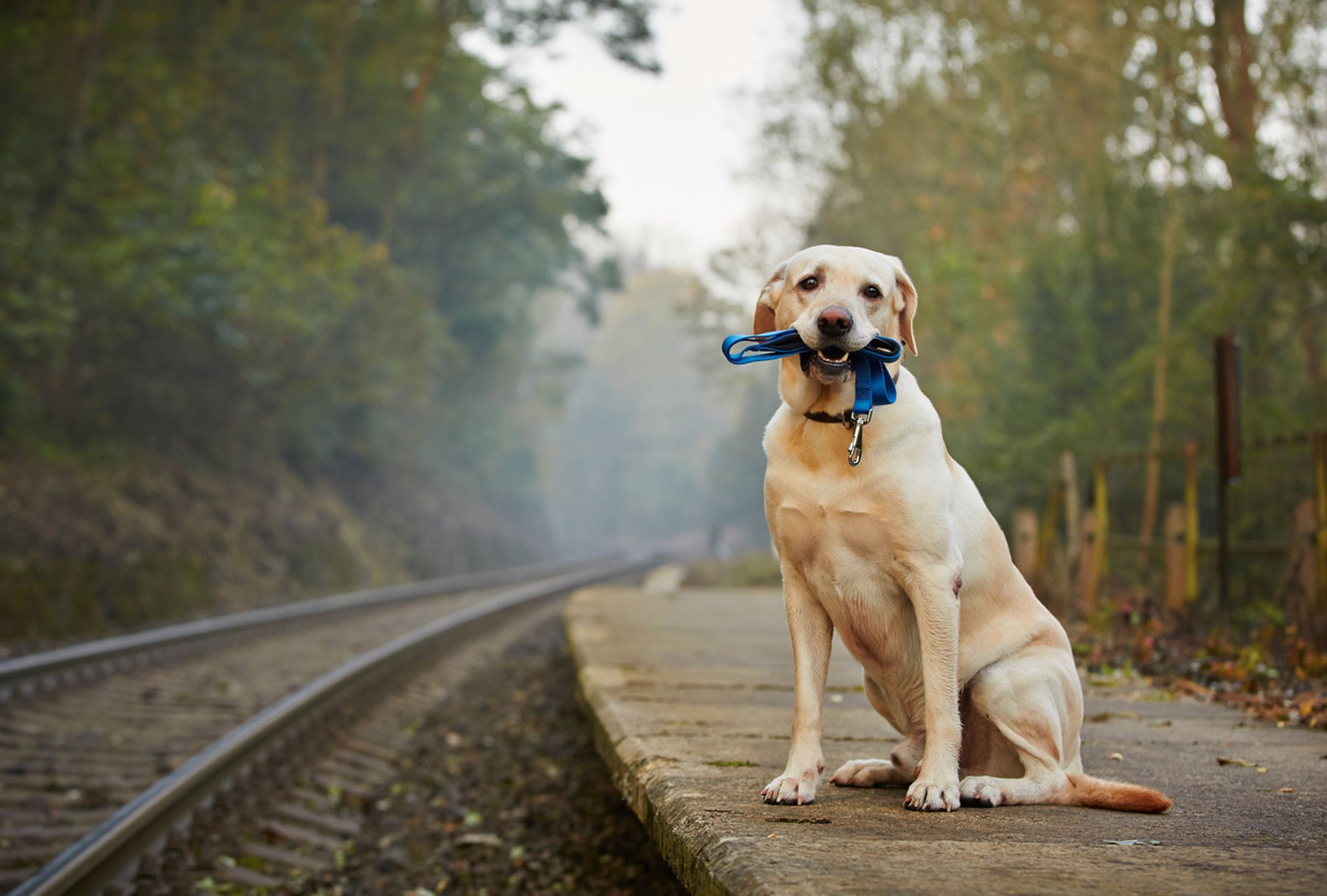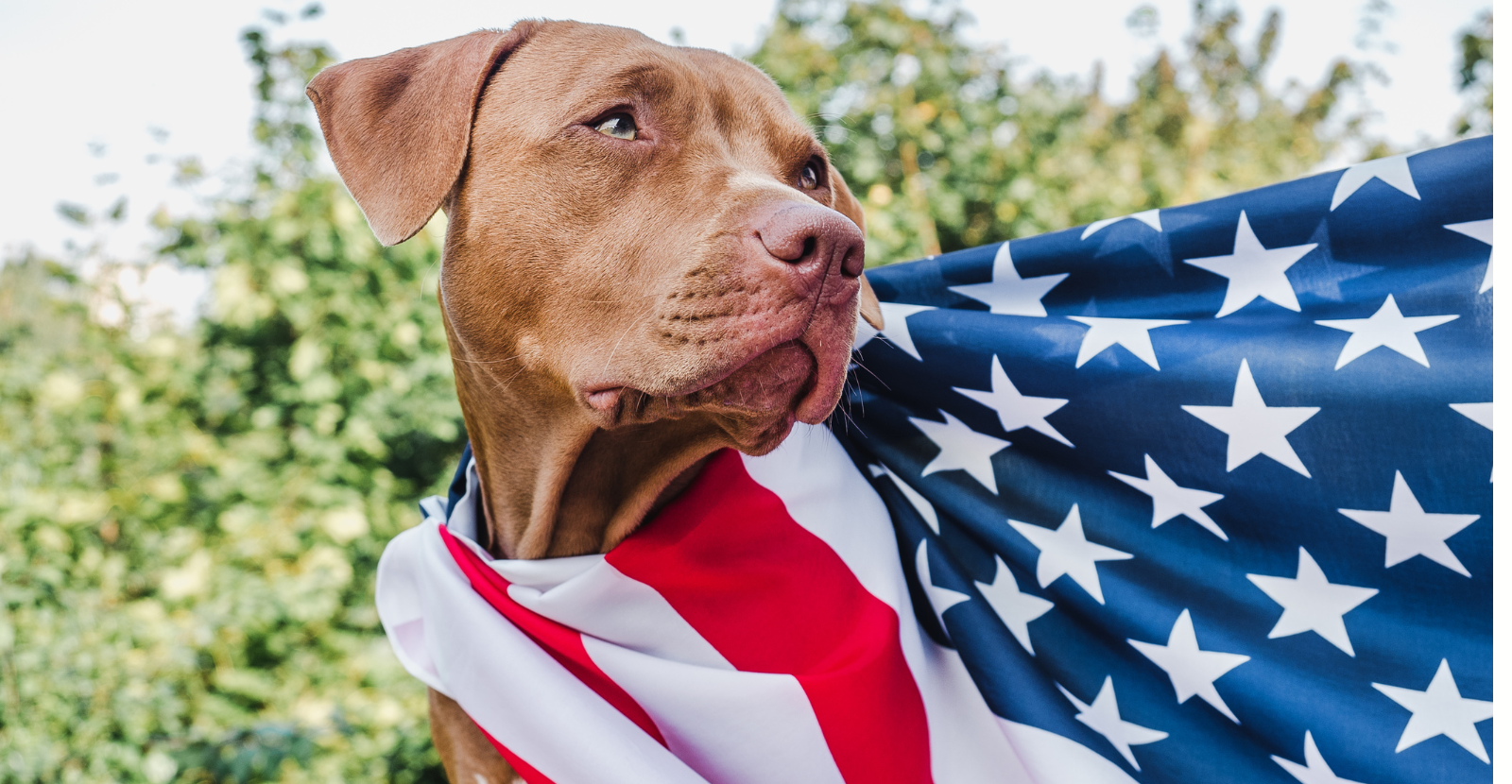According to the American Humane Society, an organization committed to animal safety, July 5 is the busiest day of the year for pets to arrive at animal shelters across the nation. The sound of fireworks during this holiday is often the culprit on why a scared dog may go missing. This is why PetHub, Inc. established National Lost Pet Prevention Month in July to raise awareness of preventing lost pets.

It's not just during the month of July that pets go missing in the United States. In fact, every two seconds a pet parent realizes their furry friend is nowhere to be found. Shocking statistics reveal that more than 10 million companion animals go astray each year, with only 1 in 10 ever reuniting with their loving owners. This is why it's crucial to take the necessary steps to prevent your pet from getting lost, or to ensure their safe return if they do.
1. Secure Your Yard and Living Space
One of the most effective ways to prevent your dog from getting lost is by ensuring that your yard and living space are secure. Regularly inspect your fences, gates, and any potential escape points to make sure there are no holes, gaps, or loose boards that your dog could squeeze through. Consider using sturdy fencing materials and reinforce weak spots if necessary. If you have a particularly small or agile dog, be mindful of spaces they could slip under or jump over. Additionally, supervise your dog when they are outside and never leave them unattended in an unfenced area.
2. Proper pet ID for your dog
One of the most crucial steps in keeping your pet safe is ensuring they have proper identification. A collar with an ID tag is a simple and easy solution for pet parents. You can find identification tags at many pet stores or online. Make sure the tag has your name and at least one phone number where you can be reached. Some pet parents also choose to include their home address on the tag. This information is vital in reuniting you with your pet if they ever go missing. Additionally, be sure to update the tag if your contact information changes. It's better to be safe than sorry!
3. Microchip your pet
According to the AVMA, a microchip is a small electronic chip enclosed in a glass cylinder that is about the size of a grain of rice. It does not need a battery. It is activated by a scanner passed over the area which emits radio waves. The chip transmits the identification numbers of the pet, which is connected to your information. This will be helpful to reunite you and your pet if they get picked up by Animal Control or end up in a shelter. Be sure to update your information with the chip company if you move or change phone numbers.
4. Use a proper collar and leash for your pet
Depending on how strong your dog is, use a proper collar and leash. Whenever you take your dog outside, whether it's for a walk, a trip to the park, or even just in your own backyard, always have them on a leash. This simple precaution helps you maintain control and prevents them from wandering off or darting away unexpectedly. Ensure that your dog's collar or harness fits properly and is securely fastened. A collar with an identification tag that includes your current contact information is essential. Consider including your dog's name and an alternate phone number as well. This way, if your dog were to slip out of their collar or harness, they still have identification on them.!
5. Proper training of your dog can help in the long run
If your dog does escape, realize you can’t run after it to catch it. They have four legs; we have two. No matter how fast you can run, the dog will always be able to run faster. In training, learn to use a word to signal something positive for your dog. Most people know the words for basic dog training: sit, stay and leave it. Add a word when rewarding your dog. So if your dog did something good, say “Treat!” and give her a yummy doggie goodie or pet her for positive reinforcement. The theory is, if you have an escape artist dog who would bolt out of a front door when the opportunity arose, you could grab the treats by the front door and yell after “TREAT! TREAT!” Work with your dog, and a trainer if needed – to find what works for them to ensure a quick and hopefully immediate response for the dog.
As pet parents, we all know the heartache and stress that comes with losing a furry family member. It's a feeling that we wouldn't wish upon anyone. That's why it's crucial to take the necessary steps to prevent your pet from getting lost, especially during the busiest day of the year for animal shelters. By securing your yard, ensuring proper identification and microchipping, using a proper collar and leash, and training your dog, you can significantly increase the chances of a safe return if they ever do go missing. Let's work together to make sure that this year, fewer pets become lost and that all families are reunited with their beloved pets.



.png)

